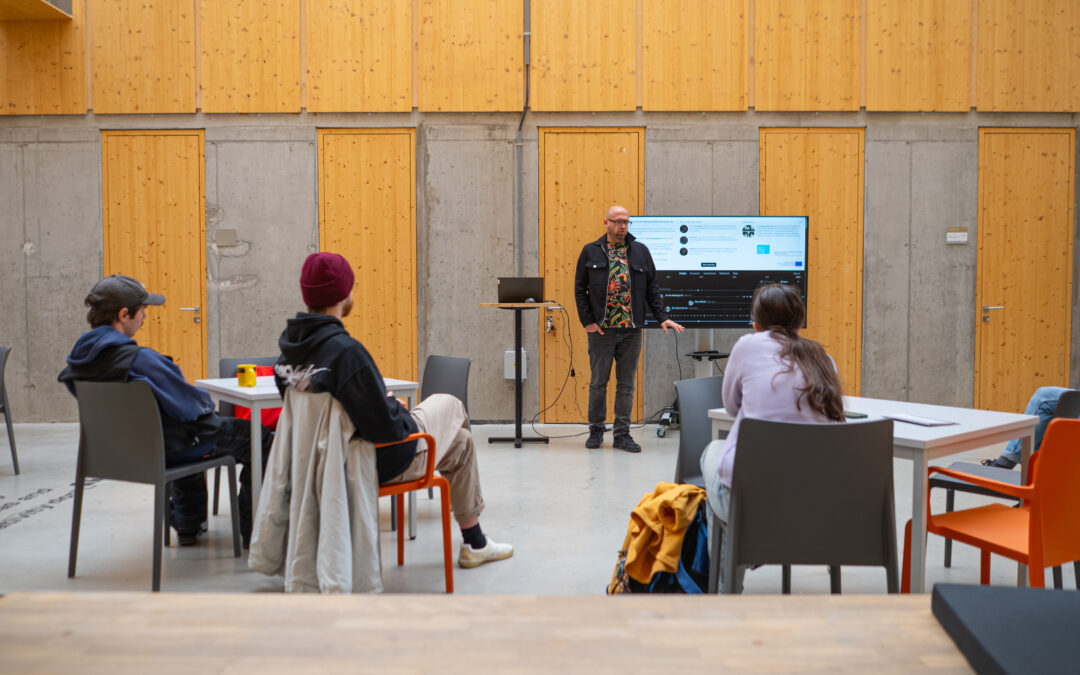Forgotten Heritage – European Avant-Garde Art Online is a comprehensive research-curatorial and digitization project focused on archiving and providing access to visual, intermedia, and conceptual art of the 20th-century avant-garde. It primarily concentrates on the countries of Central and Eastern Europe, and its main output is an extensive digital archive that merges digital technologies with historical research, opening new possibilities for interpretation and education.
The Forgotten Heritage digital archive (www.forgottenheritage.eu) represents an interdisciplinary platform connecting visual art, archival studies, digital humanities, and curatorial practice. The selection of artists reflects their historical and aesthetic significance, often emphasizing conceptual, intermedia, performative, or environmentally engaged approaches. Each artist’s profile includes biographical information, digitized works (including photographs, videos, documents), contextual texts, exhibition histories, and analytical perspectives. In addition, the platform offers a visualization of connections among individual artists, events, or artistic movements, enabling dynamic mapping of avant-garde networks and relationships.
The project introduces several innovations: an interactive visualization map linking artists through shared themes and geographical ties, multimedia content including performances, video art, and archival films, professional curatorial interpretations situating the works within their historical context, and a strong educational potential suitable for teaching art history, media studies, or digital humanities. The platform is also open, multilingual, and accessible to various target audiences.
The project is coordinated by the independent organization Arton Foundation (PL) in collaboration with partners from Estonia, Hungary, Croatia, Belgium, and Slovakia. Slovakia is represented in the archive by the works of Rudolf Sikora – an important figure of conceptual, socially, and ecologically engaged art – and Milan Adamčiak, a pioneer of intermedia, visual, and sound experimentation. Their inclusion highlights the project’s international scope and expands the archive’s geographical and thematic focus. The Slovak content was prepared by a team of authors led by the artist and theorist Richard Kitta, Dean of the Faculty of Arts at TUKE, who provided expert support in selecting, documenting, and interpreting the works. Notable expert contributions were also made by art theorists Katarína Bajcurová and Gabriela Garlaytová, as well as theorist Tomáš Marušiak. Since 2023, the Faculty of Arts at TUKE has been collaborating with Arton Foundation within the project Hidden Visegrad Heritage: Artists’ Studios Online, marking another important step in connecting the digital, artistic, and creative academic environment.
The Forgotten Heritage digital archive serves as a primary resource for research and as a teaching tool, as well as an intuitive platform for the popularization of art. It promotes collaboration among galleries, archives, and educational institutions. Its further development is recommended by including new thematic areas (e.g., ecological art, performativity, digital media) and involving additional regions of Central Europe, which would strengthen the regional narrative. This is not merely about archiving but about creating a dynamic platform that combines professional curatorial research, digital tools, and open access – fostering new insights, pedagogical approaches, and international cooperation. At the same time, it offers a sustainable model of technological transfer into cultural institutions’ practice and contributes to an inclusive and balanced cultural discourse.



















